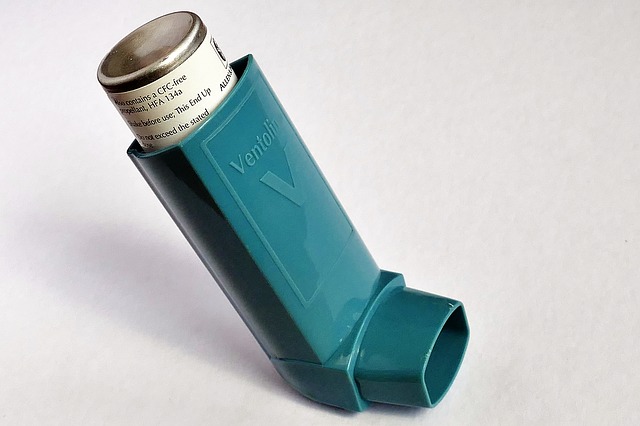All Contents
Contents
Throughout this site, abbreviations for common vaccines and government agencies are in the articles and posts. Many have been listed here. These abbreviations are also used in the VAERS database for searching. Diphtheria, tetanus and pertussis-containing vaccines Diphtheria and tetanus toxoids adsorbed (children) DT several manufacturers Diphtheria and tetanus toxoids
Additives are used in the manufacture of vaccines to prevent changes in the solution under adverse conditions, such as freeze-drying or heat. They help to prevent the antigens from adhering to the side of the vial. Vaccines also contain several reagents that are derived from animals. Excipients are considered to be
Adenovirus Adenovirus: a group of viruses that can cause infections in the stomach, intestine, lungs and eyes. Resemble symptoms of the common cold. No effective medications can treat adenovirus infection. Adenovirus infection typically does not cause death or permanent problems. There are more than 40 types of adenoviruses that
Adjuvants are chemicals added to a vaccine to increase the response and stimulate the immune system to generate a large amount of antibodies. Adjuvant comes from the Latin word, adjuvare, which means support. An adjuvant is “a substance which accelerates, prolongs and enhances the quality of a specific immune [meaning antibody] response
Adjuvants are chemicals added to a vaccine to increase the response and stimulate the immune system to generate a large amount of antibodies. Adjuvant comes from the Latin word, adjuvare, which means support. An adjuvant is “a substance which accelerates, prolongs and enhances the quality of a specific immune [meaning antibody] response when incorporated
Adventitious agents are defined by the World Health Organization (WHO) as microorganisms that may have been unintentionally introduced into the manufacturing process of a biological medicinal product: these include bacteria, fungi, mycoplasma/spiroplasma, mycobacteria, rickettsia, protozoa, parasites, transmissible spongiform encephalopathy (TSE) agents and viruses. Adventitious agents could be inadvertently introduced
Afluria is a flu vaccine primarily used in Australia. (CSL/Merck – Australia) Afluria Quad Vaccine Package Insert Afluria Quad Documents April 1, 2019 – Influenza: overview on prevention and therapy (full text) “Healthy children 6–59 months of age were enrolled. Children were excluded if they were febrile (axillary temperature ≥ 99.5 °F [≥37.5 °C]), acutely ill, immunocompromised,
One of the most common side effects and reactions from a vaccine is an allergy. The reaction may be a mild, sore arm, or can it can be as serious as a life threatening condition known as hives and anaphylaxis. The delayed-type reactions can take days to years to fully
One of the most common side effects and reactions from a vaccine is an allergy. The reaction may be a mild, sore arm, or can it can be as serious as a life threatening condition known as hives and anaphylaxis. The delayed-type reactions can take days to years to fully
Animal cells are used to manufacture vaccines. Animals have been used in the production of vaccines since cow farms were established in the last 1800s to harvest cowpox virus from the infected underbelly of calves. With the evolution of microbiology, it was determined that viruses could only propagate (replicated) in the
Site Search
Site Navigation
- Home
- Abbreviations
- Week in Review
- Coronavirus
- CHILDHOOD VACCINES
- Teen Vax
- INFLUENZA
- Adult Vax
- Travel Vax
- Military
- Combo Vax
- MISC VACCINES
- ADDITIVES-EXCIPIENTS
- ADJUVANTS – GENERAL
- Animal Cells
- Human Cells Lines
- Insect Cells Baculovirus
- Legal Issues
- SIDE EFFECTS
- Special Medical Issues
- Pregnancy
- Vaccine Pipeline
- VAERS





